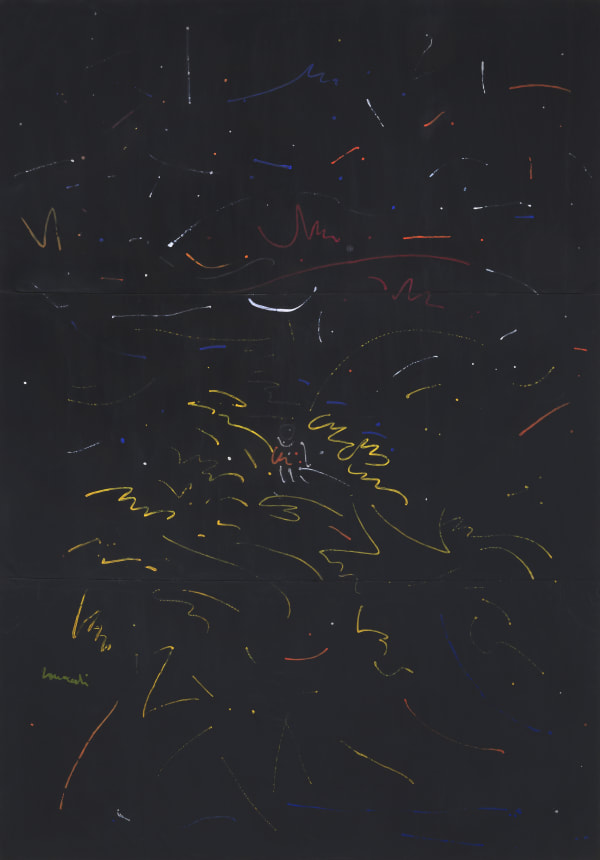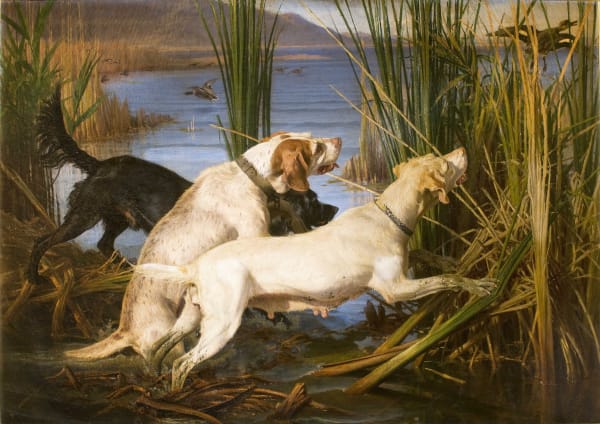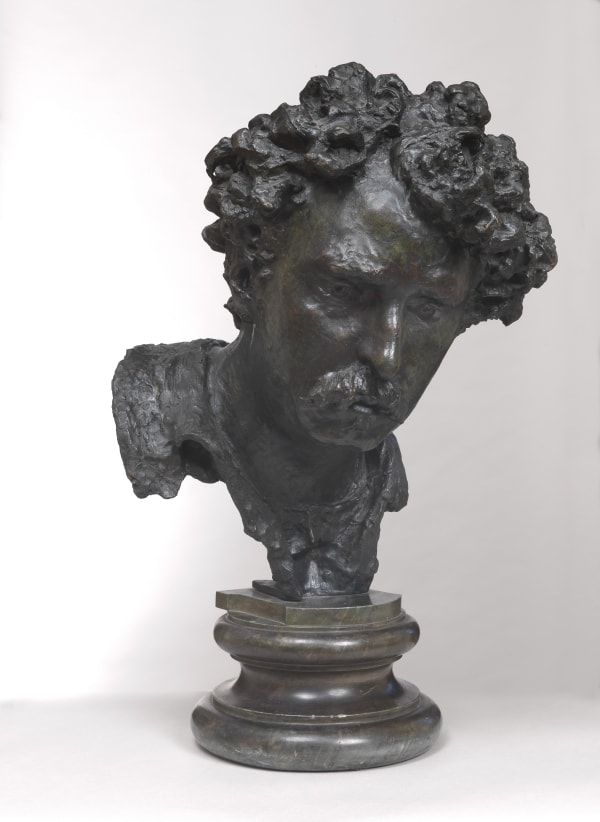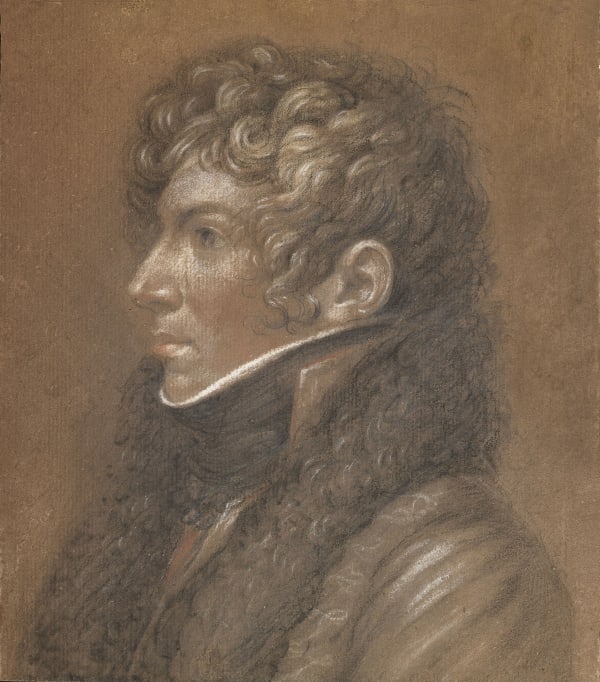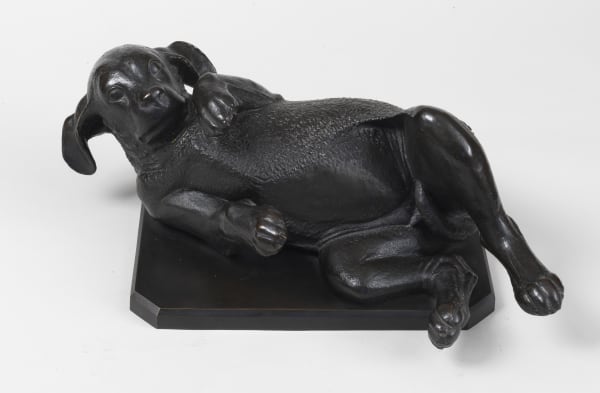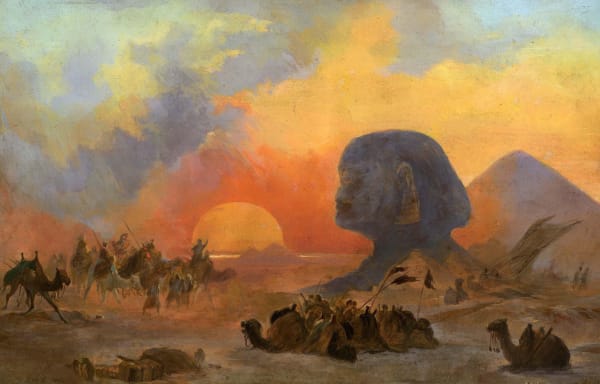I nostri Highligths per BIAF 2024
PAST exhibition
Overview
Works
-
 LEONCILLO LEONARDICorpo dolente, 1952
LEONCILLO LEONARDICorpo dolente, 1952 -
 TANCREDI PARMEGGIANISenza titolo, 1952
TANCREDI PARMEGGIANISenza titolo, 1952 -
 Umberto BOCCIONIPortrait of a Young Girl, 1905 c.
Umberto BOCCIONIPortrait of a Young Girl, 1905 c. -
 Nicola PALIZZIScena di caccia, 1863
Nicola PALIZZIScena di caccia, 1863 -
 GUSTAF FJÆSTAD, The snow, 1920-21
GUSTAF FJÆSTAD, The snow, 1920-21 -
 Simon DENISThe eruption of Vesuvius, 1804
Simon DENISThe eruption of Vesuvius, 1804 -
 VINCENZO CAMUCCINIPortrait of the miniaturist August Grahl, 1828 c.
VINCENZO CAMUCCINIPortrait of the miniaturist August Grahl, 1828 c. -
 VINCENZO GEMITOPortrait of Mariano Fortuny, c. 1880
VINCENZO GEMITOPortrait of Mariano Fortuny, c. 1880 -
 ANDREA APPIANIPortrait of a Young Hussar with Napoleon's Army (possibly a Portrait of Auguste-Louis Petiet), c.1800–1801
ANDREA APPIANIPortrait of a Young Hussar with Napoleon's Army (possibly a Portrait of Auguste-Louis Petiet), c.1800–1801 -
 KARL WILLHELM DIEFENBACHSeagull flying over the remains of Villa Jovis in the moonlight, 1901
KARL WILLHELM DIEFENBACHSeagull flying over the remains of Villa Jovis in the moonlight, 1901 -
 SIRIO TOFANARICucciolo Bracco, 1936
SIRIO TOFANARICucciolo Bracco, 1936 -
 KARL WILLHELM DIEFENBACHTiberius’ villa on Capri, 1910 c.
KARL WILLHELM DIEFENBACHTiberius’ villa on Capri, 1910 c. -
 VINCENZO GEMITOVolti di fanciulla, 1920
VINCENZO GEMITOVolti di fanciulla, 1920 -
 IPPOLITO CAFFICairo, the Simoun wind in the desert, 1843
IPPOLITO CAFFICairo, the Simoun wind in the desert, 1843
Installation Views


